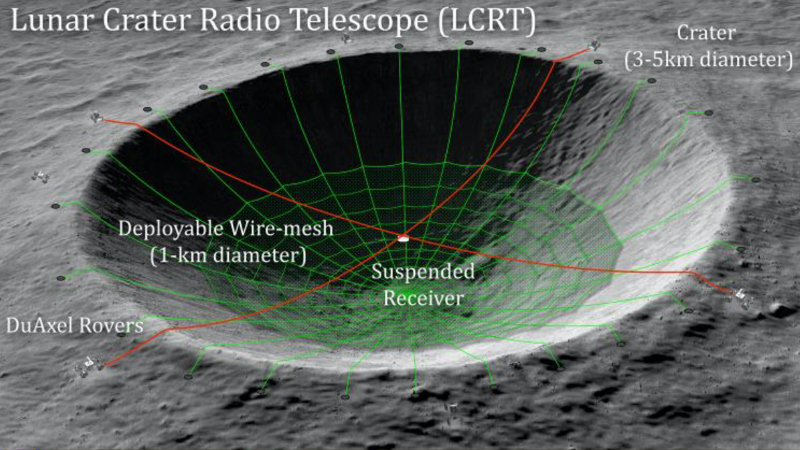
As a casual observer of astronomy, I’ve learned two things — There’s more to the universe than what you can see, and you have to think big.
For example, radio astronomy studies the sky at radio frequencies. This subfield of astronomy dates back to 1932, when Karl Jansky at Bell Telephone Laboratories detected radiation coming from within our home galaxy, the Milky Way. This has led to the discovery of many sources of radio emission, including radio galaxies, quasars, pulsars, and masers. Radio astronomy even led to the discovery of the cosmic microwave background radiation, evidence to support the Big Bang theory.*
Of course, when you’re studying the entire universe, size matters. One of the most powerful tools for collecting radio waves was the Arecibo radio telescope, a 305-meter instrument built in a natural depression in Puerto Rico. Unfortunately, Arecibo collapsed in late 2020 after 57 years of faithful service, another reason to hate last year. So how to replace it?
This is where the thinking-big part comes in. How about an instrument in a crater on the far side of the moon? Seriously, NASA’s Innovative Advanced Concepts awarded the Lunar Crater Radio Telescope project $500,000 for further research and development in April of this year. With a proposed diameter of one kilometer, this would be a huge step forward for radio astronomy.
But how to build it? The vision is to use rovers to lay wire mesh into the crater. One would stay on the edge of the crater as an anchor, and second rover would travel down the crater’s wall into the bowl to build the telescope. The wire-mesh dish would be delivered to the center of the crater by a spacecraft so the rovers could unfold and drag the mesh up the walls of the crater to anchor it on the rim.
Would it work? The problems certainly are daunting. For example, the mesh would have to stay in its exact spacing and shape while withstanding temperature ranges from -280 degrees Fahrenheit (-173 C) to 260 degrees Fahrenheit (127 C). But the advantages are too great to ignore — a huge instrument free of interference from Earth’s atmosphere, not to mention being shielded from all the radio waves we broadcast every day. And China’s Chang’e 4 spacecraft did successfully land on the Moon’s far side on January 3, 2019.
It’s also another reason to stay interested in astronomy.
For more information, plus a depiction of the construction plan, see “At Long Last, A Radio Telescope On The Moon’s Far Side” at https://earthsky.org/space/lunar-crater-radio-telescope-lcrt-phase-2-duaxel-radio-waves-dark-ages/?. The picture came from that site.
